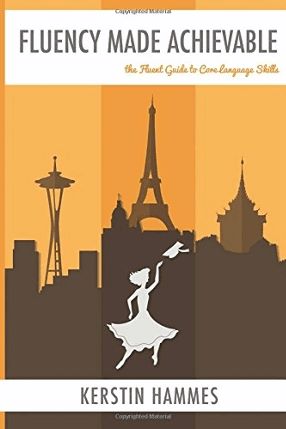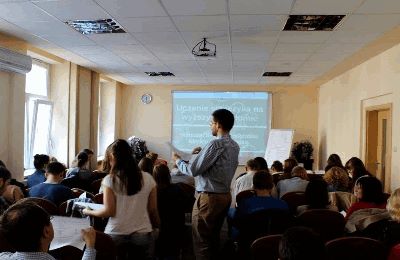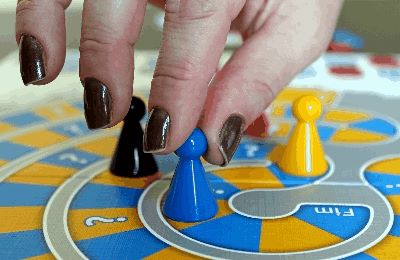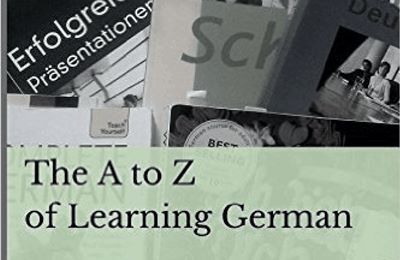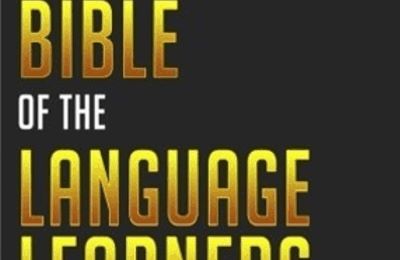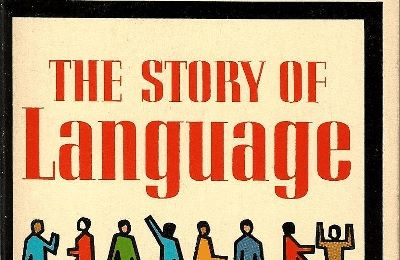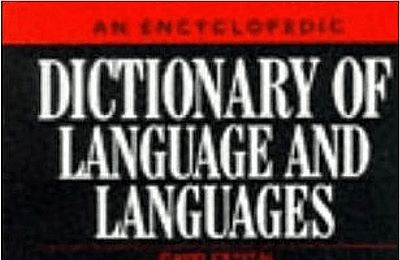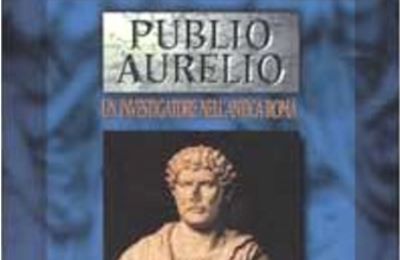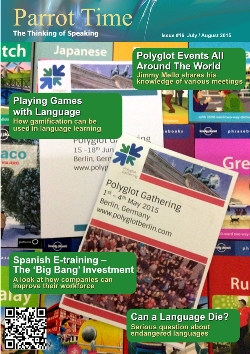Fluency Made Achievable: The Fluent Guide to Core Language Skills
|
Fluency Made Achievable: The Fluent Guide to Core Language Skills The book in review this month is Fluency Made Achievable: The Fluent Guide to Core Language Skills by Kerstin Hammes. It is available from Amazon in both paperback and Kindle formats, as well as part of a wonderful bundle package featuring this book, an audio copy of the book, another book of hers called The Vocab Cookbook, and action sheets to help put what she talks about to work for you. Kerstin is a native German speaker who is well experienced in working with and teaching languages. Not only does she tutor in German, but she runs a very successful blog and podcast, all about achieving fluency in languages. Fluency Made Achievable is a short book, with only around 70 pages in the printed format, but don't let the size fool you. This book is a powerhouse of great information for people learning a language for the first time or experienced learners who want to pick up some new ideas as well as refine their current study methods. So let us begin right there, at the kind of content. Fluency Made Achievable is not going to waste your time by of spoon feeding you concepts and using cute attempts at trying to be your friend, which is what so many modern self-help books seem to do when they have no real message. Kerstin presents her material in a straight forward manner which is easy to understand while also being very useful. This book is also not going to try to give you "secret methods" or learning shortcuts which too often form the basis of many language learning aides. She isn't promising you fluency within a fixed time as long as you adhere to a magical formula she has developed. She does provide a three-week structure, however, which you can tailor to meet your learning needs. People learn in all different ways, and no single method is the best for everyone. The book recognizes that and presents the learner with several suggestions for each study area. The first part of the book focuses on outlining the four core language skills of listening, reading, writing, and speaking. Kerstin explains that while many teaching systems emphasize one of these skills over the other, you really need to be challenged and grow equally in all areas to truly master the language. Kerstin gives the learner the basic questions he or she needs to be asking themselves to assess their current learning practices while laying out the tasks they should do to become experienced in each skill. She then sets up a great mechanism to allow you to determine your weakest and strongest areas, so you can move on to tailoring your study routines. The real meat of the book is in section two, where the learner can take what they learned about their skills in the first part and explore many ways of improving and fine-tuning them. This part really showed me how well Kerstin's understands the learner and the teaching process. She goes into specific detail on the reasons, gives examples, and discusses various ways a learner can improve their listening, reading, speaking, and writing. You are probably thinking that you already know how to study all those things, and I am sure you know some good ways. I also know that you are going to find many of the tips Kerstin to be highly insightful and helpful. She doesn't just list things you can do; she addresses the mindset behind them and informs you of things to look for while you are studying. For example, in the writing section, it might seem fairly obvious that we can practise putting down our thoughts in text in the new language then having another person, preferably a native speaker, read it over and make corrections. But something I hadn't thought about was the power of taking the corrected version and writing it all out again. Why? As Kerstin explains, seeing your written work coming together correctly is a huge psychological boost. You aren't just taking the correction and thinking "I'll do better next time". You need to really work through it again, for both your morale and your memory. In fact, almost the entire writing section could be taken out and used as a great guide to writing in general, like for a blog or other publication. Here you can understand how she has come to be such a good author - she has done as she preaches and is passing it on to you. One of the most valuable tips that hit home for me is "Forget about what you 'should' know". It addresses the mindset of how we can get wrongly caught up in all the small things, like perfect pronunciation or huge vocabulary, because the person to whom we are talking isn't trying to judge us on that. They are interested in what you are trying to say. Focus on the broader aspect of communicating; the smaller details will come after. The last section of the book contains several short interviews with experienced learners. Each of them describes what a difference learning another language has made to them. They also each give a unique tip or exercise to help in the study process. My favourite of these, shared by Mickey Mangan, is to randomly select a word from the dictionary - without looking at the meaning - then seek out a native speaker to help you pronounce it properly. Keep at it until you can repeat it perfectly, then go back and look up the meaning. Because you spent so much time on the word itself and then wanted to find out the meaning, it will stick much more firmly in your mind and you will be able to recall it easily. Overall, I think the biggest theme I took away from the book is that you really need to apply yourself to learning a language, and you need to tackle all four skills together, so you have a balanced learning experience. That might seem obvious, but too many people nowadays seem to want a quick trick to learn everything, when there really isn't one. If you are serious about learning a new language, or about improving your current learning methods, then you definitely should have this book on your shelf. You need to read it through completely. Then read it again. Then read it a third time. Seriously. There is so much intelligent thought and practical ideas in it that you will need to revisit it a few times to make sure you absorb every ounce of it. Then, if you haven't already, you need to visit Kerstin's blog Fluent Language (fluentlanguage.co.uk) and keep up on her newest thoughts and tips. You should also find her podcast on iTunes, in which she often interviews other language teachers, innovators, and polyglots, discovering their methods for learning, teaching, or both. I guarantee you will have fun as you learn! |
| Book Look | ||
| Writer: | Erik Zidowecki | |
Jimmy Mello retains all copyright control over his images. They are used in Parrot Time with his expressed permission.
Maureen Millward retains all copyright control over her images. They are used in Parrot Time with her expressed permission.
All images are Copyright - CC BY-SA (Creative Commons Share Alike) by their respective owners, except for Petey, which is Public Domain (PD) or unless otherwise noted.
|
Searching for language resources? Find entertaining and educational books for learning a language at Scriveremo Publishing. Just click the link below to find learning books for more than 30 languages!
| |
comments powered by Disqus
